Search Images
Browse Content (p. 1063)
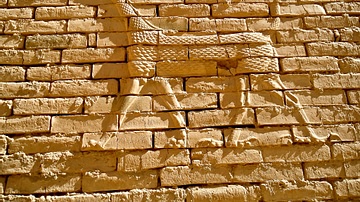
Image
Mušḫuššu at the Processional Way of Babylon
This is a mušḫuššu (or dragon), the symbol of the god Marduk, at the processional way (or street) of the ancient city of Babylon, in modern-day Iraq. Neo-Babylonian period, reign of Nebuchadnezzar II, 6th century BCE.
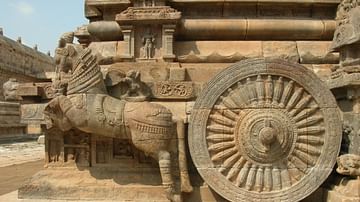
Image
Chariot, Darasuram
A sculpted horse-drawn chariot from Darasuram temple, Tamil Nadu, India. 12th century CE.

Image
Church of the Holy Sepulchre
The Church of the Holy Sepulchre, Jerusalem. Completed in July 1149 when the city was the capital of the Kingdom of Jerusalem, the church replaced a smaller version on the site considered to be the place of Jesus Christ's crucifixion and...
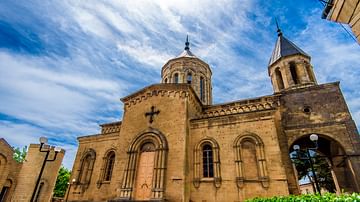
Image
Old Armenian Church at Derbent
Derbent is renown for its citadel (“Naryn-Kala” or “Dagh Bary” in Persian) and its imposing walls that date from the 6th century CE. Derbent prospered for over 1,500 years under Persian, Arab, Turkish, Azeri, Mongol, Timurid, and Russian...
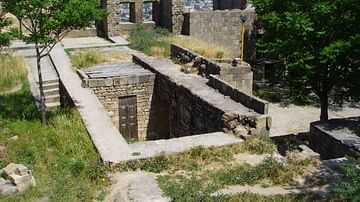
Image
Derbent Citadel
Derbent is renown for its citadel (“Naryn-Kala” or “Dagh Bary” in Persian) and its imposing walls that date from the 6th century CE. Derbent prospered for over 1,500 years under Persian, Arab, Turkish, Azeri, Mongol, Timurid, and Russian...
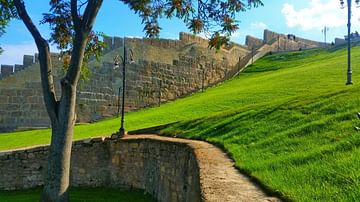
Image
Walls at Derbent
Derbent is renown for its citadel (“Naryn-Kala” or “Dagh Bary” in Persian) and its imposing walls that date from the 6th century CE. Derbent prospered for over 1,500 years under Persian, Arab, Turkish, Azeri, Mongol, Timurid, and Russian...
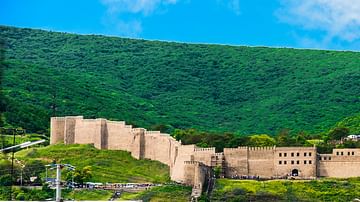
Image
Fortress Naryn-Kala, Derbent
Derbent can claim to be the oldest occupied city in Russia, and it is renown for its citadel (“Naryn-Kala” or “Dagh Bary” in Persian) and its imposing walls that date from the 6th century CE. UNESCO declared Derbent's citadel, ancient city...
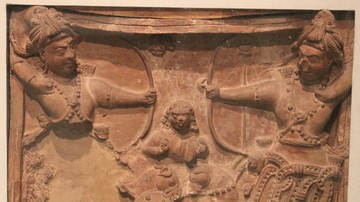
Image
Chariot Warriors in Ancient India
This sculpture made during the Gupta period (3rd century CE to 6th century CE) shows a scene from the Mahabharata. Here, two elite warriors riding their war chariots are seen engaging each other in an archery duel. The body of the chariot...

Image
Chariot Warfare in Ancient India
This sculpture made during the period of the Chalukyas of Vatapi (6th century CE to 8th century CE) shows a scene from the Mahabharata. Here, a combat scene involving chariot warriors, archers, swordsmen, elephants, and a fallen combatant...

Image
Seven Kings Laying Siege to Kushinagara
This scene shows seven kings marching towards the city of Kushinagara to lay siege to it. The kings are distinguished by their royal umbrellas and attendants with flying whisks standing or seated behind them. The city with its high walls...